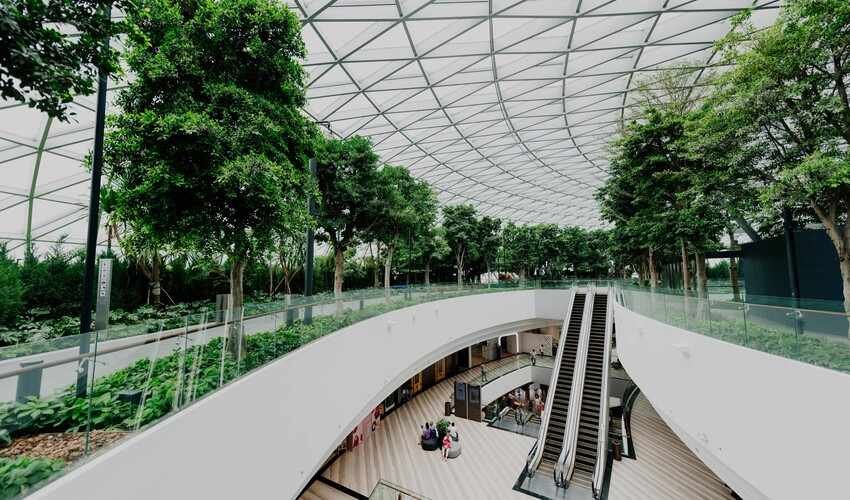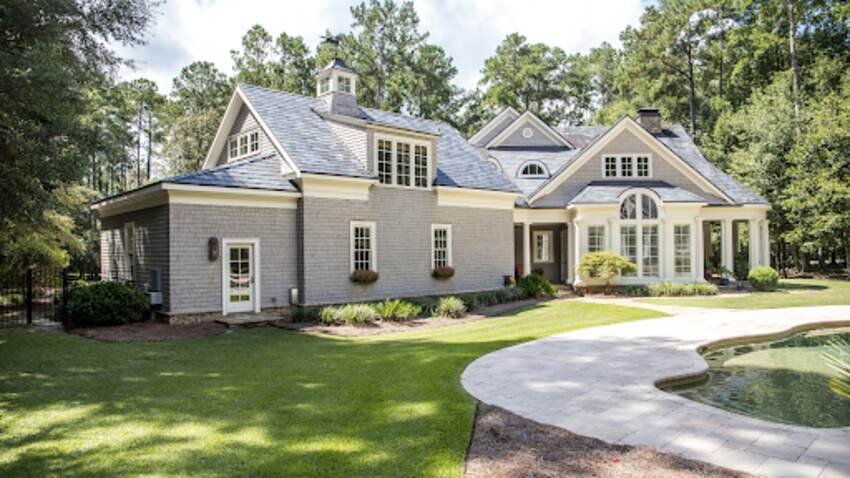In the evolving world of commercial architecture, industrial cooling has become an essential component, not just a technical necessity. As buildings grow larger, more complex, and environmentally conscious, the systems that regulate temperature within them must evolve as well. Industrial cooling, once viewed merely as a background operation, is now at the forefront of design innovation. It plays a defining role in shaping how commercial spaces function, perform, and even feel.
The Modern Need for Industrial Cooling
Today’s commercial spaces—be it corporate offices, data centers, shopping malls, or industrial facilities—are designed for maximum productivity and comfort. These environments rely heavily on temperature control systems that maintain an optimal balance between energy efficiency and thermal comfort. The need for industrial cooling in modern architecture arises from three key demands: performance, sustainability, and design integration.
Modern buildings are equipped with numerous heat-generating devices—servers, lighting, and electronics—that require continuous cooling to function effectively. Furthermore, as people spend longer hours indoors, architects must create environments that prioritize comfort without compromising sustainability goals. Thus, cooling systems have evolved from being purely mechanical installations to becoming integral elements in the overall architectural concept.
The Shift Toward Smart and Sustainable Cooling
Industrial cooling systems in modern architecture are no longer just about maintaining low temperatures—they’re about intelligent energy management. The rise of smart building technologies has transformed how cooling systems operate. Sensors, automation, and data analytics are now deeply integrated into HVAC (Heating, Ventilation, and Air Conditioning) systems to create energy-efficient and responsive environments.
Smart cooling systems can automatically adjust temperature settings based on occupancy levels, time of day, and even weather conditions. For instance, a large office building can reduce cooling output in unoccupied zones or utilize natural ventilation when outdoor conditions are favorable. This shift toward automation not only reduces energy consumption but also cuts operational costs over time.
Moreover, sustainability has become a central pillar in modern architectural design. Industrial cooling systems today often employ eco-friendly refrigerants, heat recovery systems, and renewable energy sources such as solar-assisted chillers. Architects and engineers are also experimenting with geothermal cooling—an approach that harnesses the earth’s consistent underground temperatures to maintain building climate control. For more insight into this evolving field, one can explore detailed discussions on industrial cooling and its architectural integration.
Integration of Cooling Systems into Architectural Design
Gone are the days when cooling systems were hidden behind walls or confined to mechanical rooms. In modern commercial architecture, industrial cooling elements are increasingly integrated into the aesthetic design of buildings. Architects now work hand in hand with mechanical engineers from the earliest stages of design to ensure that cooling infrastructure complements both form and function.
For example, buildings with glass facades—common in urban commercial architecture—often face the challenge of solar heat gain. Architects counter this by using double-glazed or low-emissivity glass panels and shading systems that minimize the load on cooling systems. At the same time, visible ductwork and vents are now being used as part of the interior aesthetic in industrial-style commercial spaces.
This seamless integration enhances both energy performance and visual appeal. Open ceilings with exposed cooling systems, for instance, have become a hallmark of contemporary commercial design, giving spaces a raw, industrial charm while maintaining efficiency.
Cooling Innovations in Large-Scale Commercial Projects
In large-scale commercial projects, industrial cooling takes on an even greater significance. Data centers, for example, require constant and precise temperature control to ensure server performance. These facilities are now adopting advanced liquid cooling and evaporative cooling technologies, which use significantly less energy compared to traditional air conditioning methods.
Shopping malls and airports—massive spaces with fluctuating occupancy levels—benefit from zoning-based cooling systems. These systems adjust temperature independently in various zones, ensuring energy is not wasted cooling empty areas. Similarly, skyscrapers and multi-story complexes utilize chilled water systems that circulate cooled water throughout the building, reducing the strain on individual air conditioning units.
Another groundbreaking trend is the adoption of district cooling systems. Instead of each building having its own cooling unit, an entire district or commercial zone can be cooled through a centralized plant. This approach optimizes energy use and reduces greenhouse gas emissions while simplifying maintenance for individual buildings.
The Role of Architecture in Enhancing Cooling Efficiency
Architectural design itself plays a vital role in determining cooling needs. Building orientation, facade design, insulation materials, and natural ventilation strategies all contribute to reducing dependency on mechanical cooling systems.
Passive design techniques—like incorporating green roofs, vertical gardens, or reflective surfaces—help minimize heat absorption and enhance thermal regulation. Courtyards, atriums, and cross-ventilation are also used strategically to promote airflow and reduce indoor temperatures naturally.
By blending these architectural strategies with advanced industrial cooling technologies, designers can achieve the ultimate balance between performance and sustainability.
Looking Ahead: The Future of Industrial Cooling in Architecture
The future of industrial cooling in modern commercial architecture lies in integration, intelligence, and innovation. The combination of renewable energy sources, AI-driven automation, and smart materials is set to redefine how buildings stay cool. As climate change continues to influence global weather patterns, the pressure on architects and engineers to design resilient, low-carbon buildings will only intensify.
Ultimately, industrial cooling is no longer a hidden mechanism—it is an active participant in the evolution of commercial architecture. Its advancement represents the perfect blend of science, design, and environmental responsibility. In the coming years, the buildings that stand out will not only be defined by their height or design but by their ability to remain cool, efficient, and sustainable in an ever-warming world.
Read Dive is a leading technology blog focusing on different domains like Blockchain, AI, Chatbot, Fintech, Health Tech, Software Development and Testing. For guest blogging, please feel free to contact at readdive@gmail.com.





